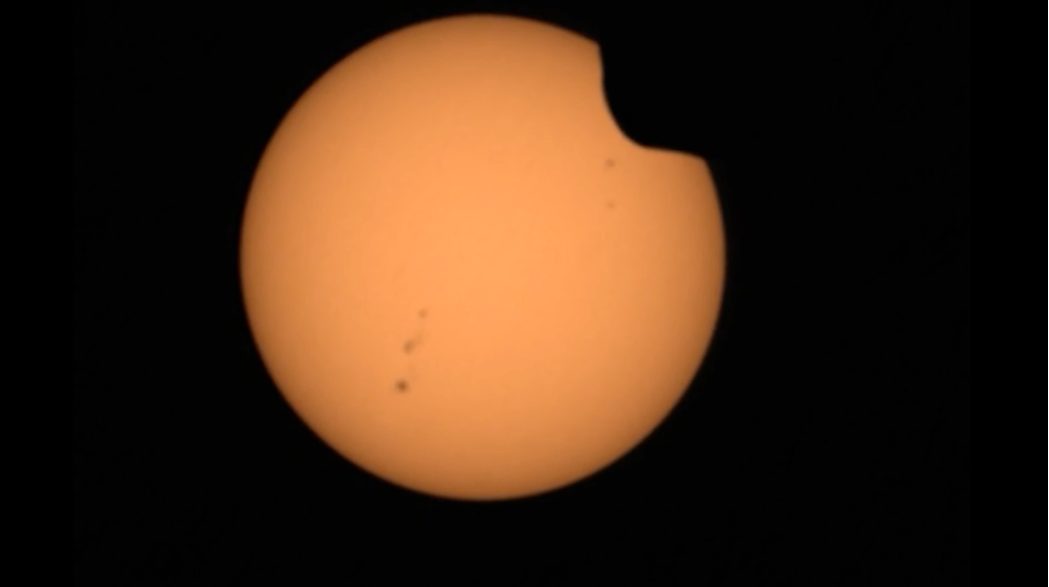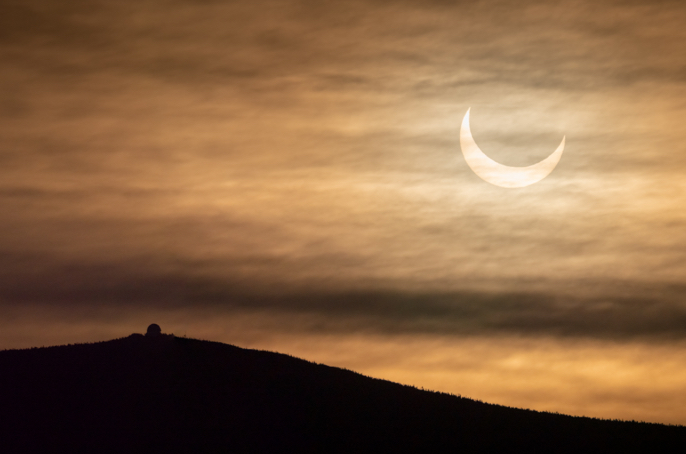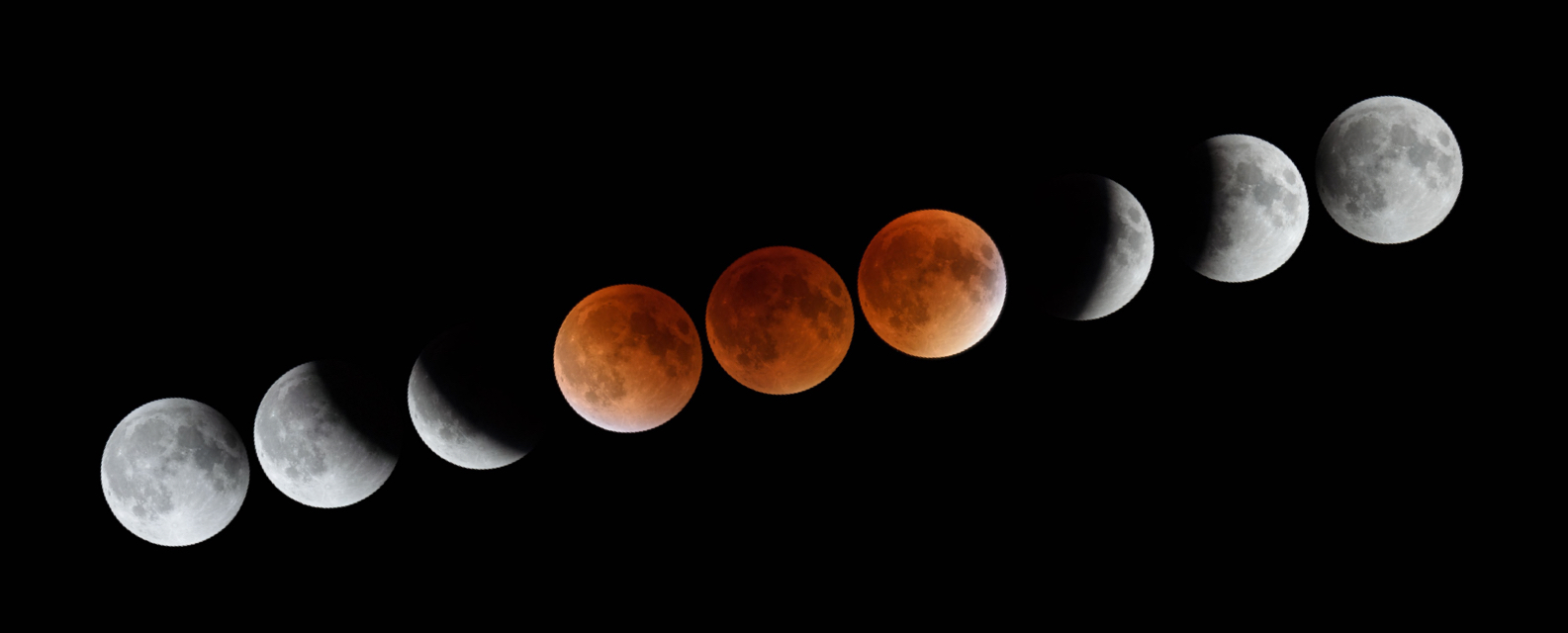

Let’s answer your questions
An eclipse is an astronomical phenomenon observed when a light source in space is hidden from an observer by another celestial object.
A solar eclipse is annular when the Moon, seemingly smaller because further into its orbit, does not cover the entire solar disc, leaving a visible ring.
A solar eclipse is total when the Sun is completely hidden by the presence of the Moon.
A solar eclipse is annular when the Moon, seemingly smaller because further into its orbit, does not cover the entire solar disc, leaving a visible ring.
A solar eclipse is annular when the Moon, seemingly smaller because further into its orbit, does not cover the entire solar disc, leaving a visible ring.
Lunar eclipses occur on the opposite alignment, when the Moon crosses the Earth’s shadow. This type of eclipse is more common, and especially, visible from all the night side of our planet.
A lunar eclipse is complete when our satellite passes completely into the shadow of the Earth.
A lunar eclipse is partial when our satellite does not completely pass into the shadow of the Earth.
Yes. Eclipses occur approximately every 6 months, but are not visible from anywhere on Earth. As lunar eclipses are visible on an entire hemisphere of the Earth, they are observed more frequently. Total lunar eclipses cover only a very small area of the globe at a time and rarely occur twice in the same place.
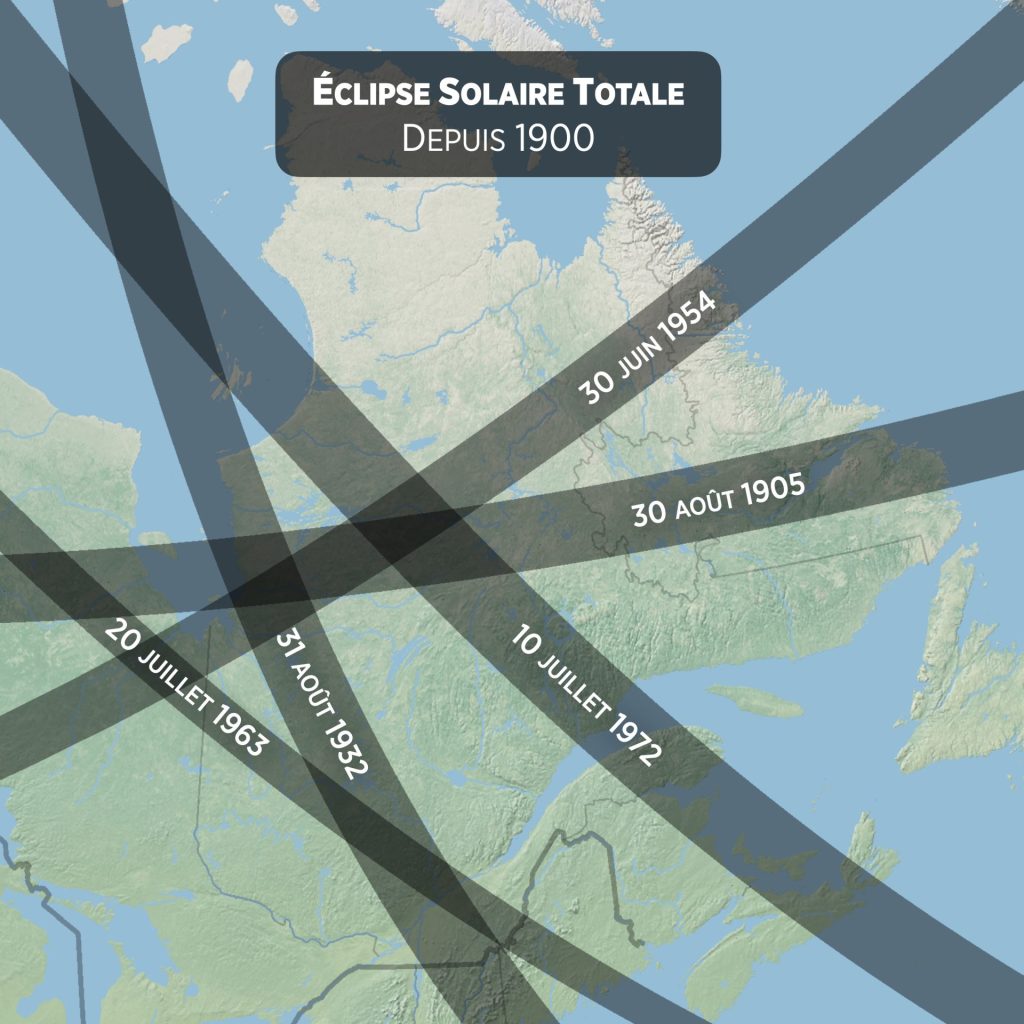

The plane of the Moon’s orbit around the Earth is different from the plane of the Earth’s orbit around the Sun. An eclipse can only occur at the meeting points of these plans.
On July 10, 1972, visible in eastern Quebec, but partly cloudy weather prevented observation for several areas.
April 8, 2024, mid-afternoon. To find out the exact time for your location, see the interactive map on Xavier Jubier’s website.
The exact time depends on your location. Consult the app to set the appropriate time based on your location.
The times of the partial phase and the total phase vary depending on the location of observation. On the line of maximum, there will be about 3 minutes of total and 2 hours and a half of partial phase.
Use the interactive map to locate yourself!
A partial solar eclipse will be visible in most of Quebec, of a magnitude and of a decreasing duration the further one moves away from the maximum line.
Yes! As dangerous as observing the Sun at any other time! It is crucial to follow the same safety rules as for observing the Sun in general. Lunar eclipses can be observed safely.
The fall of darkness, the occultation of the Sun and the visibility of its corona, a slight drop in temperature, a change in air movement, reactions among animals.
Absolutely not! The phenomenon is purely visual and momentary; there is no effect that permanently changes a fundamental aspect of our earthly existence.
We can say with sufficient scientific certainty that this is not the case.
Let’s hope that’s not the case! If the Sun is not directly visible, the most spectacular visual effects will not be visible. The period of darkness will simply be even darker.
Any planet with a moon can experience eclipses. The type and degree will depend on the relative proportions and orbits of the bodies orbiting the star.
